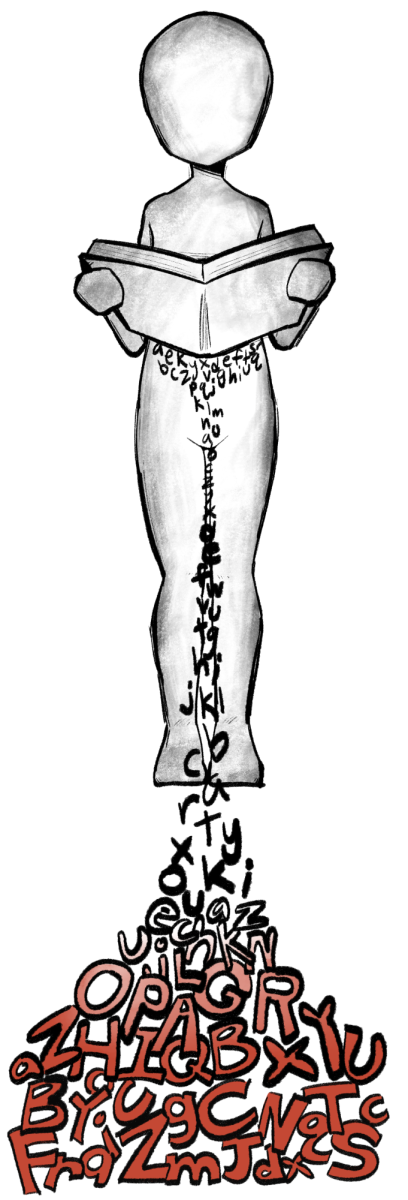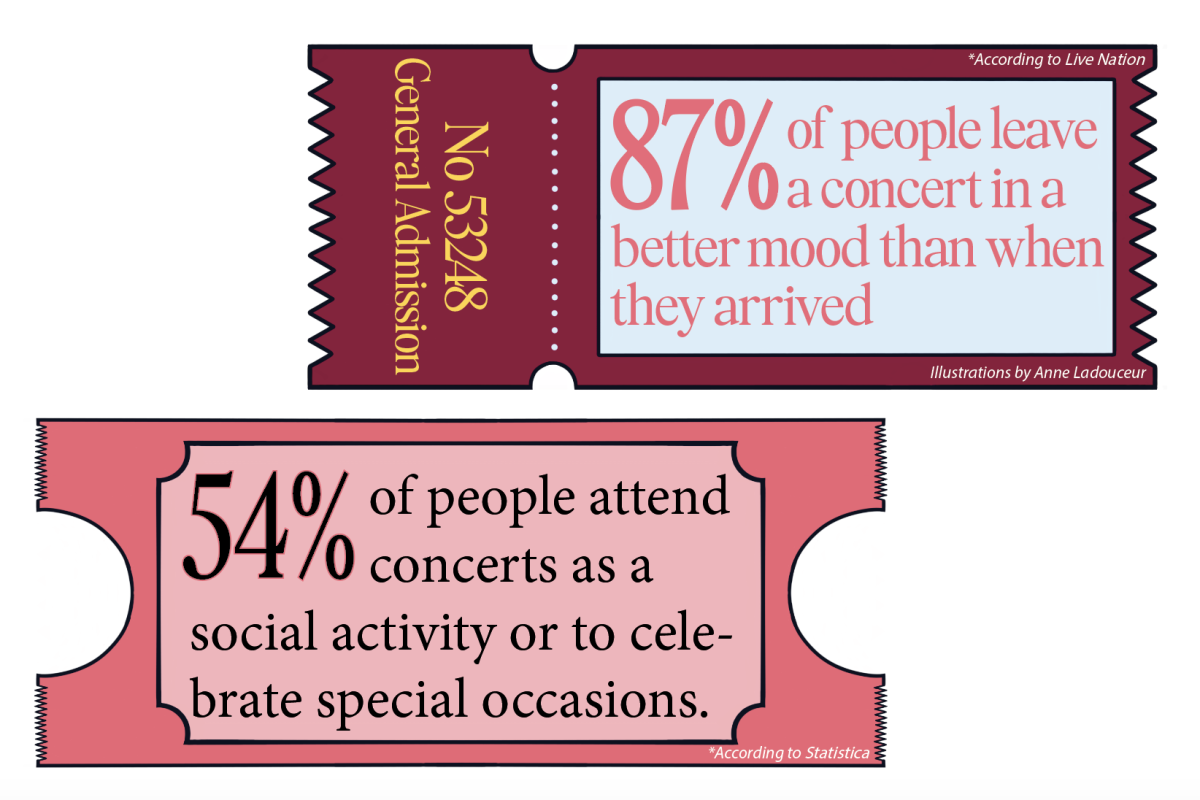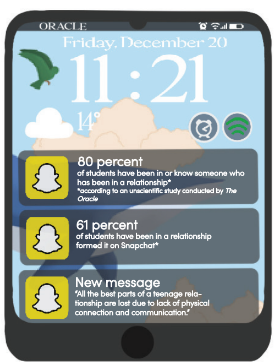Fourth grade reading scores decreased in 30 states in comparison to 2019, while zero states scores increased, according to the 2022 National Assessment of Educational Progress, or NAEP, Report Card. Although Illinois experienced no major change, across the nation only one-third of fourth graders are reading at a proficient level, the NAEP added.
The NAEP is a Congress mandated and Congressionally funded service that surveys every school district in the United States using tests based on mathematics, reading, writing, and science. The data is used in turn by teachers and administrators throughout the nation to better understand how to improve their schools and districts.
What could be the reason?
Some blame the school system’s crutch-like reliance on phonics, a system of teaching reading based on instructing kids to sound out the individual letters within a word and then put them together to create a full sound. Marion Blank, childhood literacy psychologist, describes the phonics method of converting each letter to a particular sound is “totally unsuited to the English language” in an article in Scientific American. One letter can have up to a dozen different pronunciations — or sometimes none at all, like with silent letters.
This is how I, as well as almost all of us, learned to read, due to the state of Illinois’ unwavering loyalty to the sound-it-out system.
But, phonics is not the only tool; in the 1920s, when progressive education was starting to become a grander movement, schools across the country began the switch from phonics to whole-word reading, according to PBS, which is just what it sounds like: focusing on the whole word rather than the individual sounds.
Hence began the long-standing reading wars — a series of back-and-forth decades-long popularity contests between the two methods that continues well into current times. The logic behind Whole-Language is that it instills an interest in reading for the children to whom it is taught, while those in favor of Phonics liken the system to pure memorization of a limited set of words.
Pure Phonics is not the entire answer either. A movement known as The Science of Reading, which began in the 1960s, is rapidly making a comeback, with a focus on phonemic awareness, Phonics, vocabulary, fluency, and comprehension, according to The New York Times.
But it doesn’t end there. Since the 1990s, yet another movement has held a monopoly over American learning: balanced literacy. The method uses a so-called “balance” of different tactics to try to target young students’ interests, as explained by Akron Beacon Journal. Students are encouraged to select a book that peaks their interest and then read it silently, figuring words out based on the pictures.
“For children in grades pre-K, kindergarten, first and second, the greater emphasis should be on phonics, but should not exclude exposure to a strong literacy program, which introduces children to the love of reading,” Maria Toglia, Pennsylvania school psychologist, reported to The New York Times.
So, will there be a treaty to the reading wars anytime soon?
To me, the answer is obvious. Anything with a focus on Phonics is the right answer. I still have distinct memories of sitting in my Kindergarten class in a circle on the floor, chanting out the sounds “buh” and “ssssss” as the letters “B” and “S” appeared on the board.
When my younger brother was spending his formative years of kindergarten and first grade sitting on our couch because of the pandemic, I was able to witness first hand the power of phonemic awareness. Although it took him sometime to master, it eventually gave him the foundation to become a fluent and successful reader.
The reading wars don’t represent much other than bureaucracy at its worst. The government sacrificed long-term literacy for short-term results when they sacrificed Phonics for whole-language based on little to no research to back it up. Kids can’t read, and it’s obvious why.
As the science of reading continues to strengthen its grip nation-wide, teachers are predicting—and hoping for—a higher literacy rate. But, in a nation where statistics have remained stagnant since the nineties, the chances appear slim.









